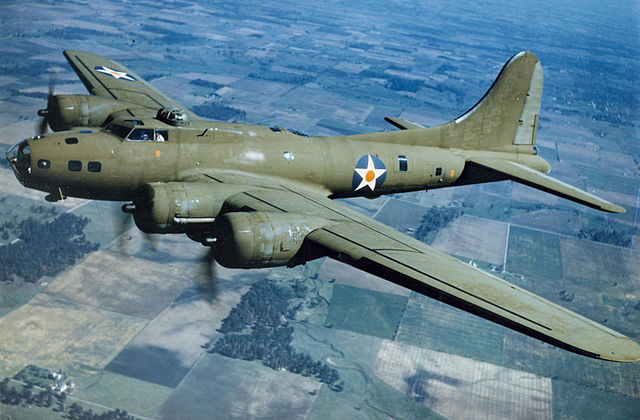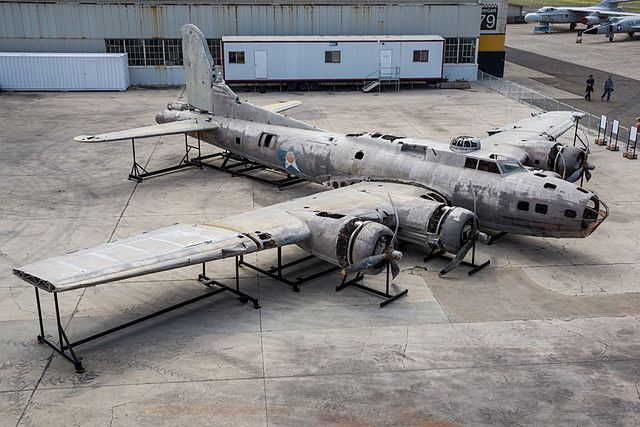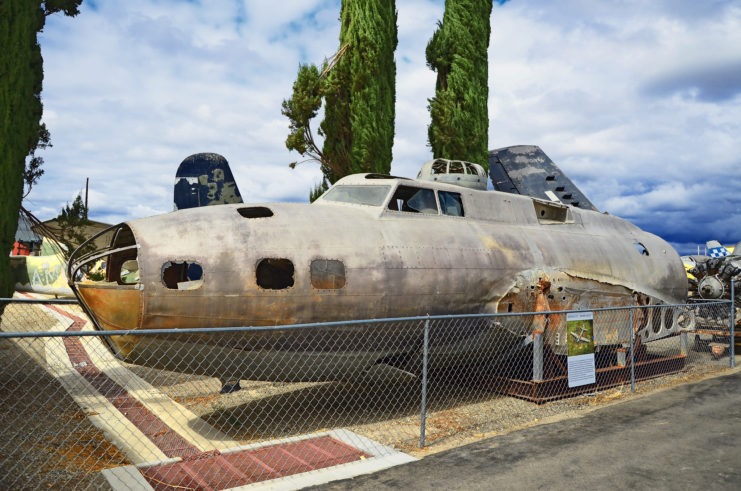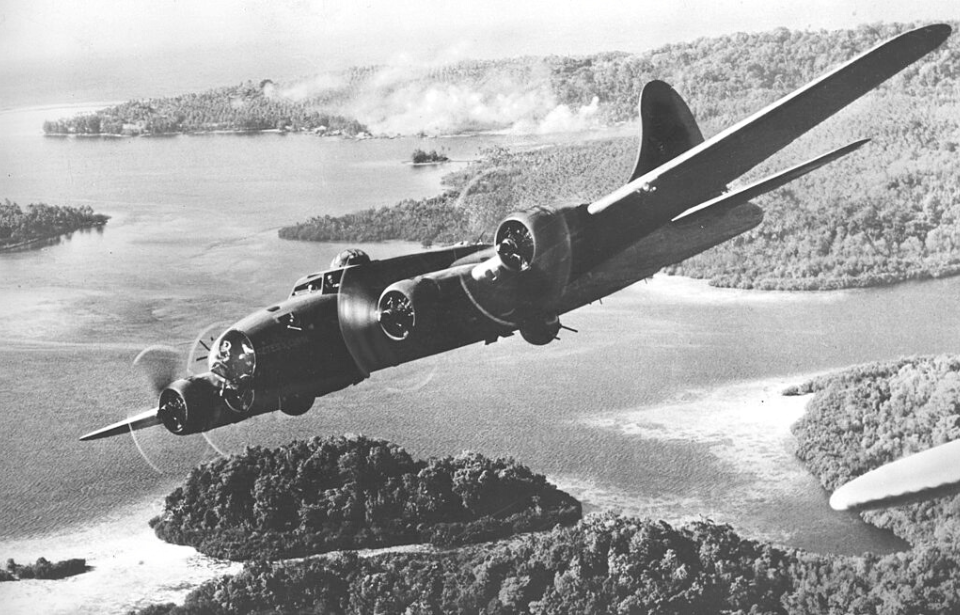The crew survived a death-defying crash

With no other options, Eaton attempted an emergency landing in what appeared to be a wheat field. The crew survived the impact, only to quickly realize they had landed in a crocodile-infested swamp. Despite the dangerous surroundings, they managed to escape and were rescued by local villagers, who treated them for malaria. Once they recovered, the crew continued their service through the remainder of World War II.
The legend of the “Swamp Ghost”

After the B-17E went down in the swamps of Papua New Guinea, no serious effort was made by the crew or the U.S. military to recover the aircraft. Left to the elements, the bomber slowly became part of the landscape—its presence marked only by occasional visits from local villagers. But as years passed, whispers about the wreck began to take on a more ominous tone.
Stories emerged claiming the site was cursed or haunted. Some locals insisted that those who ventured too close mysteriously disappeared, while others spoke of visitors falling gravely ill with fever or returning home mentally altered, as if touched by something unnatural. The tales fueled superstition and fear, transforming the wreck into a place shrouded in mystique. Most in the region chose to keep their distance, regarding the aircraft as a solemn relic best left undisturbed.
As decades rolled on, Papua New Guinea’s dense jungles attracted relic hunters from around the world, eager to uncover the hidden remnants of World War II. Yet among the countless abandoned vehicles and forgotten battle sites, the “Swamp Ghost” stood apart—a symbol of mystery, tragedy, and history frozen in time.
Salvagers spotted the B-17E Flying Fortress in the jungle

When the Australian airmen spotted the B-17E in 1972, they were astonished by their discovery. The wreck was in remarkable condition, with thermoses filled with coffee poured by the original crew still intact!
In the 1980s, following news of the find, renowned aircraft salvager Fred Hagan and his partner, David Tallichet, embarked on a mission to locate and salvage the wreck. They were astonished to see that the “Swamp Ghost” remained in such excellent shape. Although most of the weapons and mechanics had been taken by locals, the interior was still impressive.
Hagan and Tallichet initiated the reconstruction of the heavy bomber to ensure it was strong enough for transport. However, setbacks delayed their efforts for several years. Ultimately, in 2006, the salvage mission was completed, except for one last hurdle: locals were resistant to its removal. After a ceremony to honor the spirits of the swamp, the aircraft was finally allowed to depart its resting place for the first time in 65 years.
Where is the “Swamp Ghost” now?
More from us: The Douglas SBD Dauntless Changed the Course of the Second World War In a Single Day
Once it was fully restored, the “Swamp Ghost” was put on display at a ceremony in Long Beach, California that was attended by many family members of the original crew. It has since been permanently moved to the Pearl Harbor Aviation Museum in Hawaii, where it’s undergoing restoration.
